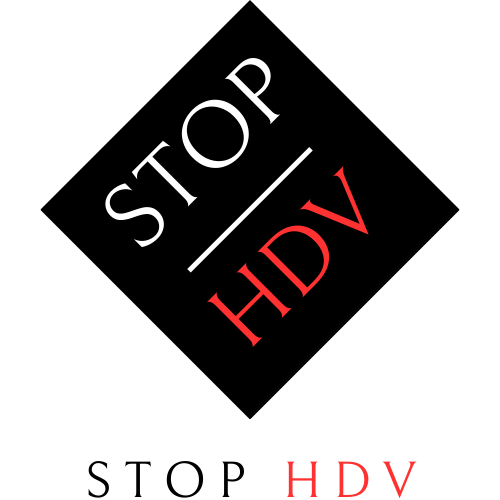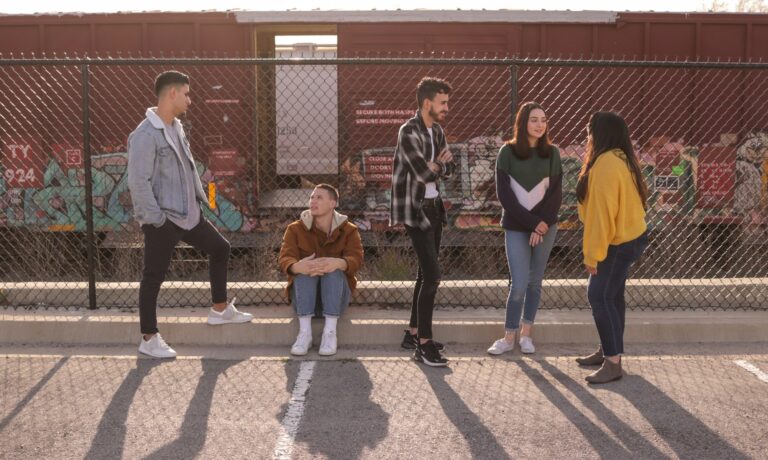Youth violence is a profound public health challenge that affects entire neighborhoods, disrupting the sense of safety and stability that every resident deserves.
While law enforcement plays a necessary role in maintaining order, true safety cannot be achieved through policing alone. Lasting change requires a holistic approach that addresses the root causes of aggression and disconnection among young people.
Communities that successfully reduce violence often do so by weaving together a safety net of support, opportunity, and engagement.
By focusing on prevention rather than just punishment, local leaders, parents, and organizations can alter the trajectory of a young person’s life. This article outlines six comprehensive strategies that communities can implement to foster a safer environment and help their youth thrive.
1. Prioritizing Early Intervention Programs
Addressing behavioral issues before they escalate is one of the most effective ways to curb violence. Early intervention focuses on identifying risk factors in children and adolescents and providing the necessary support to guide them toward positive outcomes.
Supporting Families and Schools
Intervention often begins at home and in the classroom. When parents and teachers are equipped with the right tools, they can spot the warning signs of distress or aggression early on.
- Parental Support: Parenting classes and family therapy can help build stronger, more resilient family units.
- School-Based Programs: Schools can implement social-emotional learning (SEL) curricula that teach conflict resolution and emotional regulation.
- After-School Activities: keeping youth engaged in constructive activities during the hours immediately after school—when violence rates often peak—is crucial.
2. Expanding Economic and Mentorship Opportunities
A lack of economic opportunity is a significant driver of youth violence. When young people feel they have no future and no viable path to success, they may turn to illicit activities. Providing legitimate avenues for financial stability and personal growth is essential for violence prevention.
Bridging the Gap Through Employment
Connecting young people with jobs does more than put money in their pockets; it gives them a sense of purpose and responsibility.
- Summer Job Programs: These provide structure during the months when school is out and idle time increases.
- Apprenticeships: Vocational training offers a clear career path for those who may not be college-bound.
- Internships: Local businesses can partner with schools to offer real-world experience.
The Power of Mentorship
Mentorship programs connect youth with caring adults who can offer guidance, support, and a positive example. A consistent relationship with a mentor can significantly decrease the likelihood of a young person engaging in risky behaviors.
3. Fostering Meaningful Community Engagement
Strong neighborhoods are safe neighborhoods. When residents feel connected to one another, they are more likely to intervene in public disturbances and support local youth.
Community engagement is the glue that holds these prevention strategies together, ensuring that solutions are driven by the people who live there.
Building Social Cohesion
Strategies to increase cohesion include:
- Community Centers: These spaces serve as hubs for recreation, education, and social services.
- Neighborhood Associations: Regular meetings allow residents to voice concerns and collaborate on solutions.
- Street Outreach Work: Credible messengers—often former gang members or respected locals—can mediate conflicts on the street before they turn violent.
4. Improving Access to Mental Health Services
Exposure to violence, whether as a victim or a witness, causes trauma. Untreated trauma can lead to a cycle of violence where victims become perpetrators. Recognizing violence as a mental health issue allows communities to treat the wound rather than just the symptom.
Trauma-Informed Care
Services must be accessible, affordable, and culturally competent.
- School Counselors: increasing the ratio of counselors to students ensures that help is available where youth spend most of their time.
- Crisis Response Teams: Mental health professionals can accompany police on calls involving youth to de-escalate situations.
- Substance Abuse Treatment: Addressing drug and alcohol dependency is often a critical step in reducing aggressive behavior.
5. Revitalizing Physical Environments
The physical condition of a neighborhood sends a signal to its residents. Blighted areas with poor lighting, abandoned buildings, and ample litter can create an environment that fosters crime. Conversely, well-maintained spaces encourage positive social interaction.
Crime Prevention Through Environmental Design (CPTED)
Simple changes to the built environment can have a profound impact on safety.
- Improved Lighting: Well-lit streets and parks deter criminal activity and make residents feel safer walking at night.
- Green Spaces: Transforming vacant lots into community gardens or parks provides safe places for youth to gather.
- Blight Removal: Cleaning up graffiti and repairing broken infrastructure shows that the community cares about its appearance and its people.
6. Implementing Data-Driven Collaboration
No single agency can solve youth violence alone. It requires collaboration between schools, law enforcement, hospitals, social services, and the private sector. By sharing data and resources, these groups can identify trends and allocate resources where they are needed most.
Using Data to Guide Policy
Effective prevention relies on accurate information.
- Violence Interruption Data: Tracking where and when conflicts occur helps outreach workers deploy effectively.
- Hospital-Based Intervention: Medical staff can identify youth injured by violence and connect them with services to prevent retaliation.
- Resource Mapping: You can find more information on specific statistical trends and local resources throughout this website, which serves as a hub for community safety data.
Building Safer Futures Together
Preventing youth violence is a complex challenge, but it is achievable through sustained, collective effort. By investing in early intervention, economic opportunity, mental health, and community cohesion, we can build neighborhoods where safety is the norm, not the exception.
The responsibility does not rest on any single individual or organization. It is a shared duty. When we empower our youth with the tools they need to succeed and support them with a compassionate community, we protect not only their futures but the future of society as a whole.


